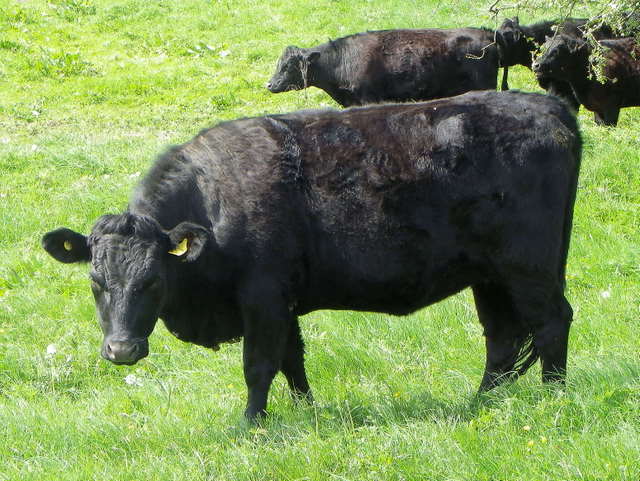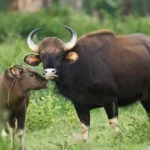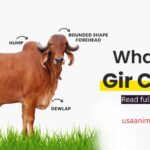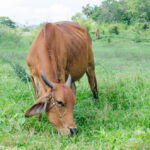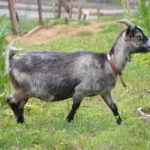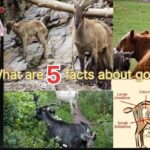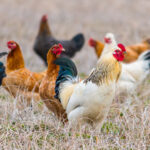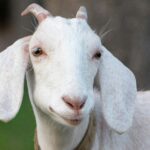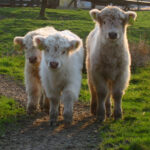Country of origin ,Weight, Height ,Coat Horn status of Dexter cow:
| Country of origin | Ireland |
| Weight | Cows typically weigh around 600 to 700 pounds (272 to 318 kilograms), while bulls weigh around 1,000 pounds (454 kilograms). |
| Height | Cows stand around 36 to 42 inches (91 to 107 centimeters) tall at the shoulder, while bulls are slightly taller, ranging from 38 to 44 inches (97 to 112 centimeters). |
| Coat | Dexter cows have a short, sleek coat that comes in three main colors: black, red, and dun (a grayish-brown). |
| Horn status | Dexters can be either horned or polled (naturally hornless). However, polled Dexters are more common as they are preferred for safety reasons in many farming practices. |
History of Dexter cow:
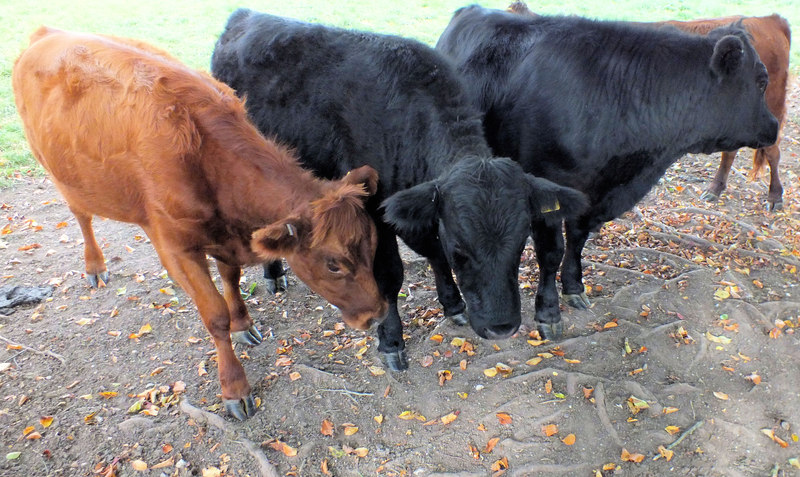
The Dexter Cow: A Compact Wonder of Agriculture .In the vast tapestry of bovine diversity, one breed stands out for its unique combination of traits: the Dexter cow. Originating from Ireland, these diminutive cattle
have a history as rich and storied as the verdant pastures they graze upon. The Dexter breed traces its roots back to the lush green landscapes of the southern part of the Emerald Isle, where small landholdings and rugged terrain demanded a hardy and versatile bovine companion.
The breed’s name, “Dexter,” is derived from the ancient Gaelic word “deas,” meaning “south.” Dexter cows were originally bred by Irish tenant farmers in the 18th century, primarily in County Tipperary. These farmers needed cattle that could thrive on small plots of land while providing both milk and meat for their families. Thus, the Dexter was born out of necessity, selected for its compact size, hardiness, and dual-purpose capabilities.
Over time, Dexter cows found their way beyond the Irish shores, making their mark in various parts of the world, including the United States and the United Kingdom. Today, they continue to captivate farmers and enthusiasts alike with their charm and utility.
Characteristics of Dexter cow:
The Dexter cow may be small in stature, but it possesses a remarkable set of characteristics that make it a prized asset in agricultural settings:
- Compact Size: Dexter cows are known for their diminutive stature, standing around 36 to 42 inches tall at the shoulder. Despite their small size, they exhibit robust proportions and excellent muscling.
- Dual-Purpose Abilities: Dexter cattle excel as dual-purpose animals, providing both high-quality milk and flavorful meat. Their milk is rich in butterfat, making it ideal for cheese and butter production, while their beef is renowned for its marbling and tenderness.
- Adaptability: Bred to thrive in diverse environments, Dexters are well-suited to a range of climates and landscapes. They are equally at home in pasture-based systems or more intensive management setups.
- Gentle Temperament: Dexter cows are known for their docile and friendly disposition, making them a pleasure to handle for farmers and hobbyists alike.
- Efficiency: Despite their small size, Dexters boast impressive feed efficiency, converting grass and forage into milk and meat with remarkable efficiency.
Use of Dexter cow:
The versatility of Dexter cows makes them invaluable in a variety of agricultural contexts:
- Small Farms: Dexter cattle are a perfect fit for small-scale farms and homesteads, where space may be limited, and self-sufficiency is valued. Their compact size and dual-purpose capabilities make them an excellent choice for families seeking to produce their own milk and meat.
- Conservation Grazing: Due to their hardy nature and ability to thrive on marginal land, Dexters are often employed in conservation grazing projects. Their grazing habits can help maintain diverse ecosystems while preserving native flora and fauna.
- Educational Programs: Dexter cows are frequently featured in educational programs and agricultural demonstrations due to their manageable size and gentle temperament. They provide an accessible entry point for aspiring farmers and students eager to learn about animal husbandry.
- Therapeutic Purposes: The calm and gentle demeanor of Dexter cows makes them well-suited for animal-assisted therapy programs. Their presence can have a soothing effect on individuals dealing with stress, anxiety, or trauma.
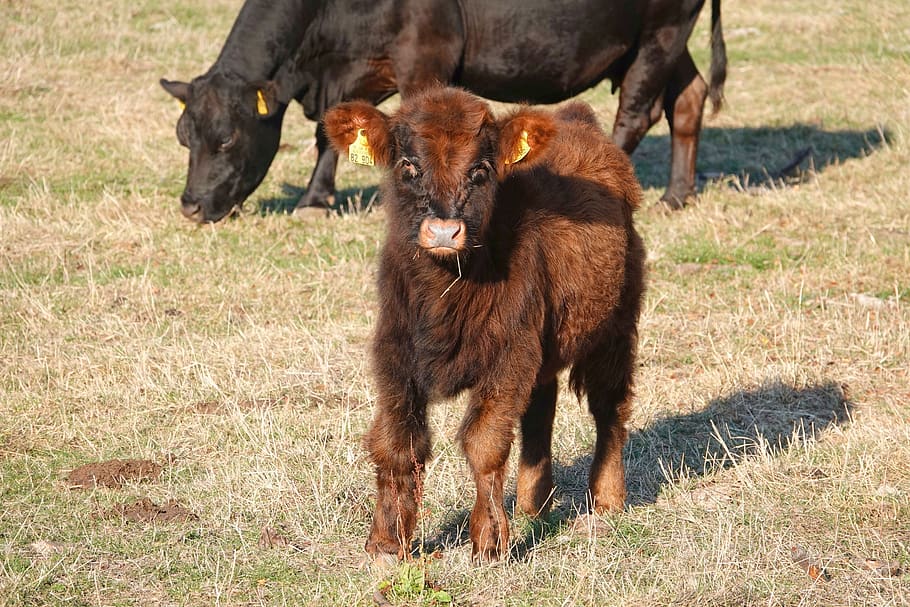
References of Dexter cow:
- “Dexter Cattle.” The Dexter Cattle Society. https://www.dextercattlesociety.co.uk/
- “Dexter Cattle: A History.” Dexter Cattle Breeders’ Society. https://dextercattlebreeders.co.uk/
- Felius, M. (1995). “Cattle Breeds: An Encyclopedia.” Misset Uitgeverij B.V.
- Hayes, J. F. (2010). “Dexter Cattle: Origin and History.” The Dexter Cattle Society of Ireland.
In conclusion, the Dexter cow stands as a testament to the ingenuity and resourcefulness of farmers throughout history. From its humble beginnings in the green fields of Ireland to its role as a versatile agricultural asset in the modern world, the Dexter continues to leave an indelible mark on the agricultural landscape. Whether as a provider of milk and meat, a conservation grazer, or a gentle companion, the Dexter cow remains a cherished member of the farming community, embodying the resilience and adaptability that characterize the spirit of agriculture.
